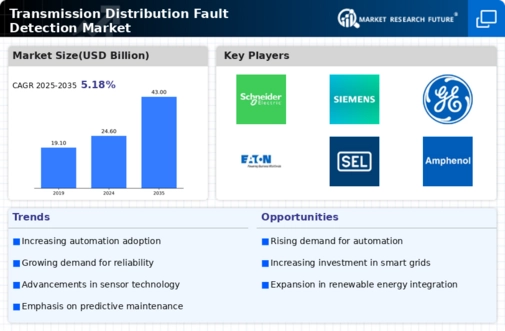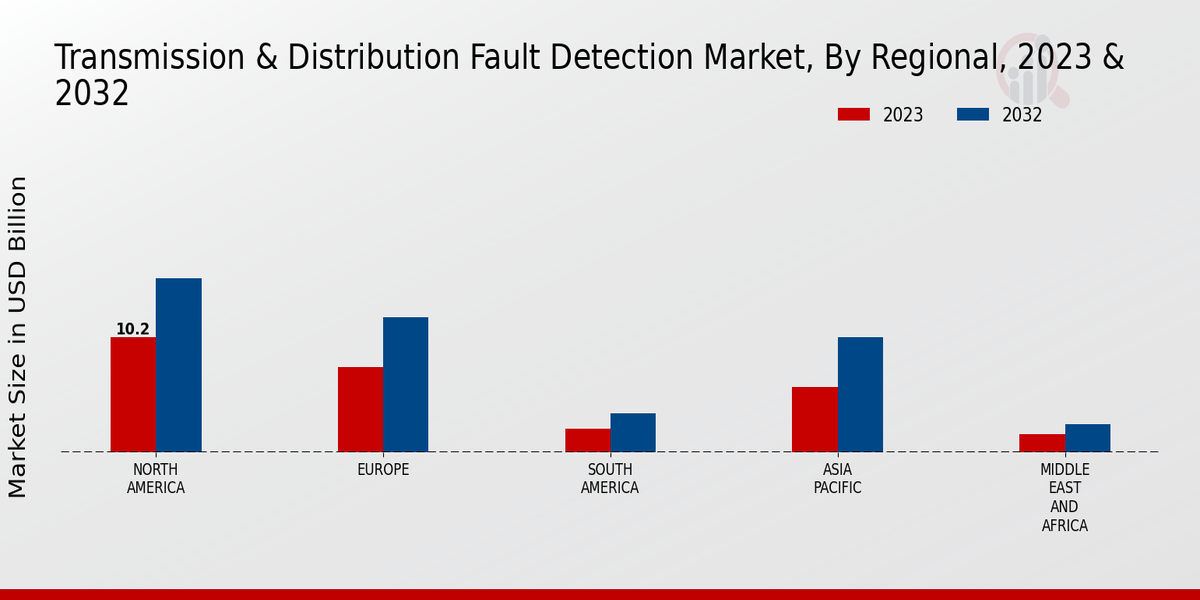Major players in the Transmission Distribution Fault Detection Market industry are continuously focusing on the development of advanced technologies to enhance the accuracy and efficiency of fault detection systems. These players are also involved in strategic partnerships and collaborations to expand their market reach and gain a competitive edge. Leading Transmission Distribution Fault Detection Market players are investing heavily in research and development to introduce innovative products and solutions that meet the evolving needs of customers.
The Transmission Distribution Fault Detection Market landscape is expected to remain competitive, with key players vying for market share through product differentiation, strategic partnerships, and geographical expansion.ABB is a leading Swiss-Swedish multinational corporation headquartered in Zurich, Switzerland. The company operates in various industries, including power and automation, robotics, and motion. ABB's Transmission Distribution Fault Detection business offers a wide range of products and services for the detection and analysis of faults in power transmission and distribution systems. The company's offerings include sensors, monitors, and software tools that enable utilities and industrial customers to identify and locate faults quickly and accurately.
ABB has a global presence with operations in over 100 countries. The company's strong brand recognition, extensive product portfolio, and focus on innovation have contributed to its position as a leading player in the Transmission Distribution Fault Detection Market.Schneider Electric is a French multinational corporation headquartered in Rueil-Malmaison, France. The company specializes in the manufacture of electrical equipment, automation systems, and software solutions for a wide range of industries. Schneider Electric's Transmission Distribution Fault Detection business offers a suite of products and services designed to help utilities and industrial customers improve the reliability and efficiency of their power distribution systems.
The company's offerings include fault detectors, fault locators, and monitoring systems that provide real-time visibility into the health of power distribution networks. Schneider Electric has a strong global presence, with operations in over 100 countries. The company's commitment to innovation, customer-centric approach, and wide product portfolio have contributed to its position as a leading player in the Transmission Distribution Fault Detection Market.






















Leave a Comment